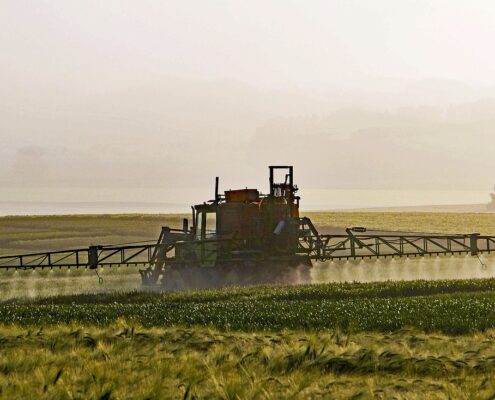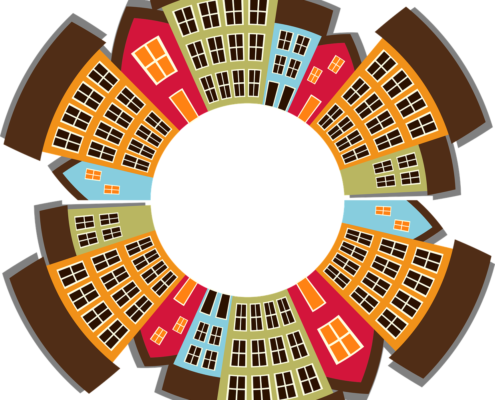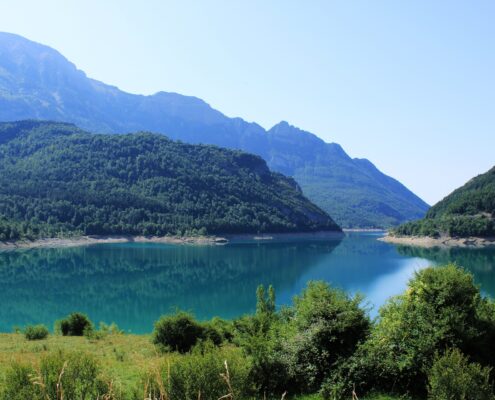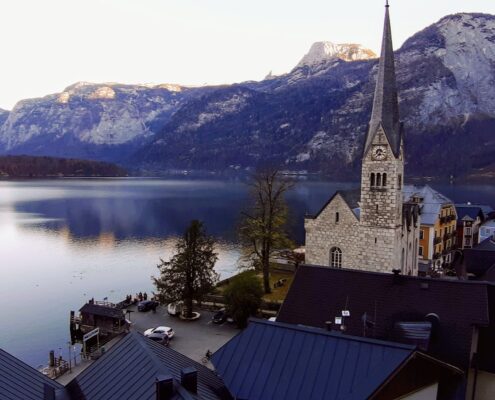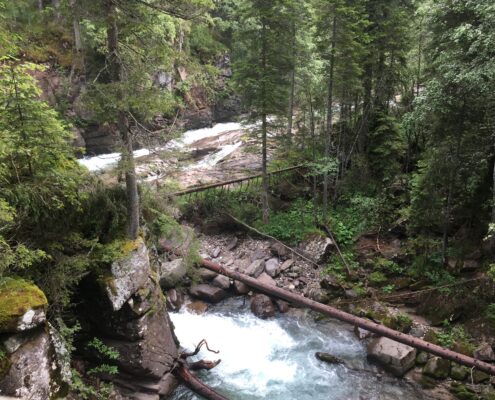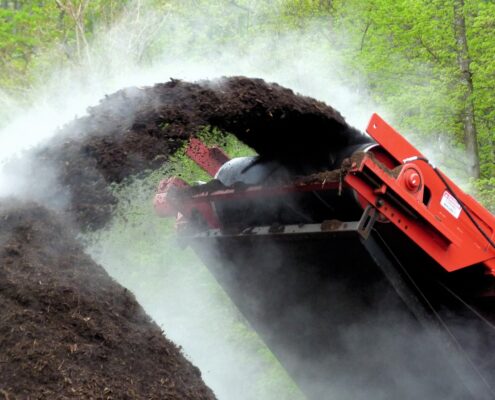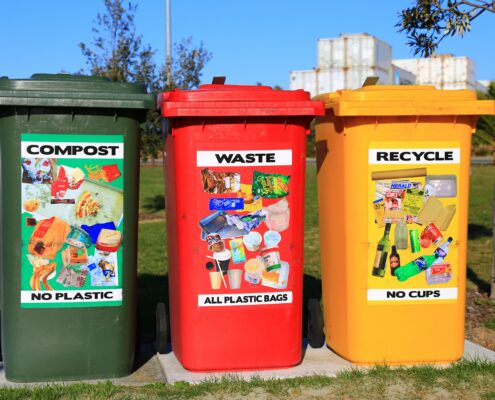 https://greenmarked.it/wp-content/uploads/2024/03/nareeta-martin-FoG7PKNYjpM-unsplash-scaled.jpg
1707
2560
Barbara Centis
https://greenmarked.it/wp-content/uploads/2022/01/LOGO-GREENMARKED-SITO-600x600.png
Barbara Centis2024-03-21 21:10:062024-03-22 23:07:21Waste Management: State of the Art and Future Emergencies
https://greenmarked.it/wp-content/uploads/2024/03/nareeta-martin-FoG7PKNYjpM-unsplash-scaled.jpg
1707
2560
Barbara Centis
https://greenmarked.it/wp-content/uploads/2022/01/LOGO-GREENMARKED-SITO-600x600.png
Barbara Centis2024-03-21 21:10:062024-03-22 23:07:21Waste Management: State of the Art and Future EmergenciesNovember 13, 2023
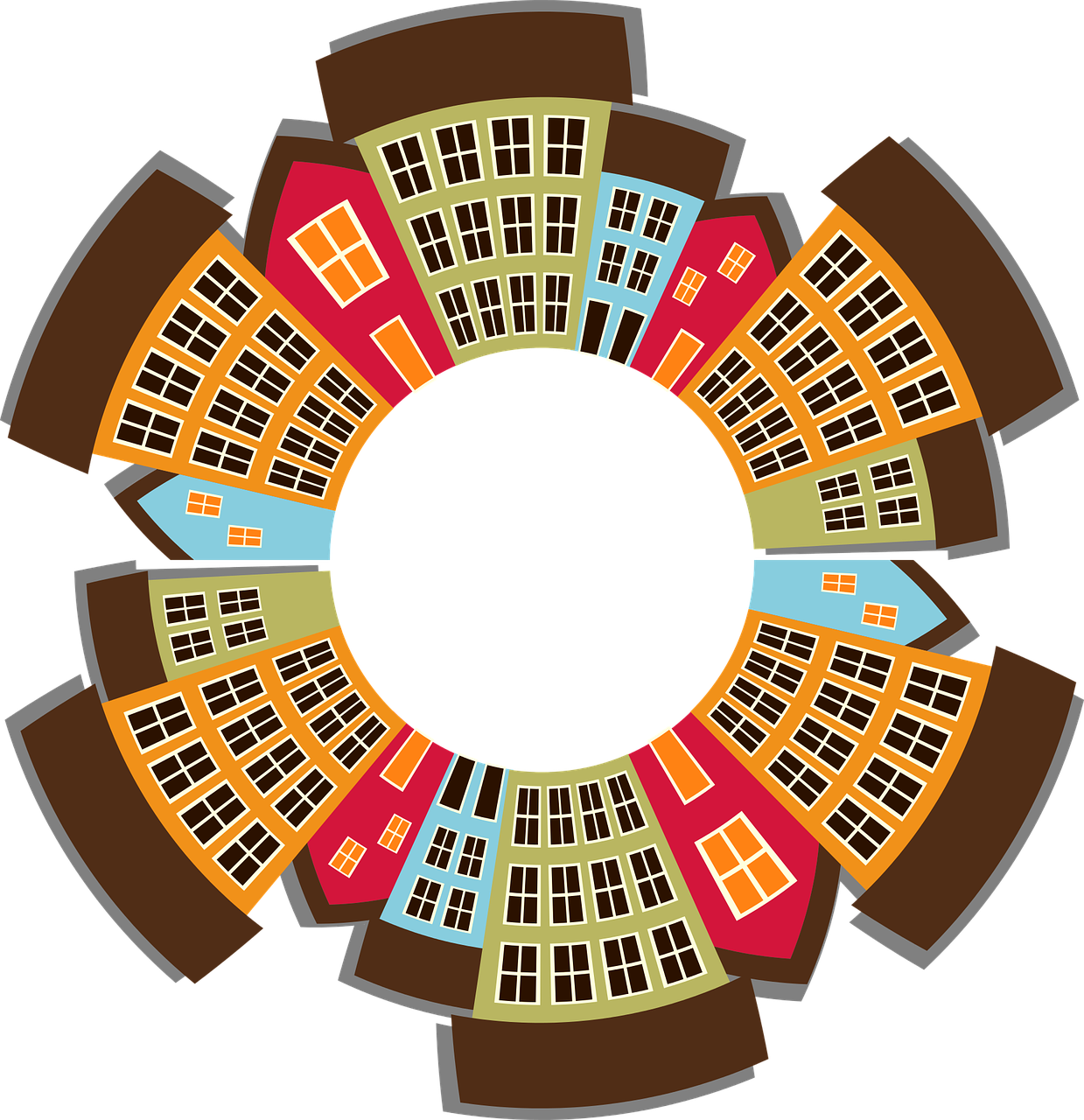
The last report by Ispra (Istituto Superiore per la protezione e la ricerca ambientale) shows a generalized loss of soil in the whole Italian country [1] but some regions and districts, in particular, seem to be suffering more than others. Among these, Trentino Alto-Adige displays the highest loss of soil per capita with 385,22 m2 per inhabitant which is a much higher value than the average number (364 m2). As expected, the majority of soil is lost around the urban centers and the touristic areas around the lakes.
In these last few years, Italy has shown a general increase in soil loss but the values displayed in the year 2022 go beyond any expectation: 21,500 km2 of soil have been lost which add up to 7.4% of the whole land of Italy.
This is impacting in particular on the temperatures perceived in the urban centers which are getting warmer because of the general increase of urbanization coupled with the decrease of the rural areas which expose the people to a higher hydrogeological risk. This is partly the reason why in the highly dense urban areas, temperatures can go as high as 43/46 °C.
More than half of the world’s population- 4.2 million people- live in urban areas and this number is deemed to increase to 70% by 2050. Urban centers are at the core of economic activity and represent 70% of the global greenhouse gas emissions so they lie right in the middle of the climatic crisis [2]
The evaluation of the ecosystem services lost by land use spans agricultural production, timber, carbon sink, soil erosion, pollination, microclimate regulation, water purification and the general balance of the hydrological cycle. The ISPRA report has calculated that the soil lost in Italy since 2012, could have given the chance to supply more than 4 billion quintals of farming products. The whole loss has been estimated to generate an economic loss of more than 3.6 billion euro due to the generalised effects of soil loss on ecosystem services. Estimates are higher than 8 billion/years if considering the soil lost in the last 15 years (2006-2021).
Trentino is not new to this kind of phenomenon and that is why, in 2015, a provincial law regulating land use had been established but this did not stop the major increase in land use, which had been consistent thereafter.
One way to stop soil loss surely is to provide green areas to urban centers: the recent pandemic has shown us how they can really advocate for the general health of people too. Establishing green areas can prevent soil loss in addition to a general better health status and this is not new considering that in the largest urban areas, green spaces had increased by 4.11% in the last 15 countries. The problem lies in the fact that this applies to only some cities since only few have accomplished the WHO requirement of a minimum of 9 m2/capita with an ideal value of 50 m2/capita.
Trentino can also do its part to ensure more green areas in the largest cities and touristic districts: everything should start by the update of the Piano Urbanistico Provinciale which is a very important tool for land use planning whose last version goes back to 2015. Another asset would be given by tourism: stakeholders have to find a compromise towards sustainable tourism if we really want a sustainable Trentino as claimed in the Strategia Provinciale per lo Sviluppo Sostenibile (SProSS). The document, in fact, claims that by 2030, Trentino wants to be greener by transitioning to green energy, ensuring high biodiversity and tackling climatic issues [3].
ARTÍCULOS RELACIONADOS:
REFERENCIAS:
[1] Istituto Superiore per la Protezione e la Ricerca Ambientale, 2022- Consumo di suolo, dinamiche territoriali e servizi ecosistemici. Edizione 2022. Report di Sistema. SNPA 32: 17pp.
[2] Cilliers E. J., 2023- Social perceptions of the value of green spaces: A view from the south. Frontiers on Sustainable Cities, 4: https://doi.org/10.3389/frsc.2022.1037123.
[3] Centis B., 2022- Un processo partecipativo per lo sviluppo sostenibile del Trentino. Greenmarked Blog: https://greenmarked.it/it/participatory-process-for-trentinos-sustainable-development/

